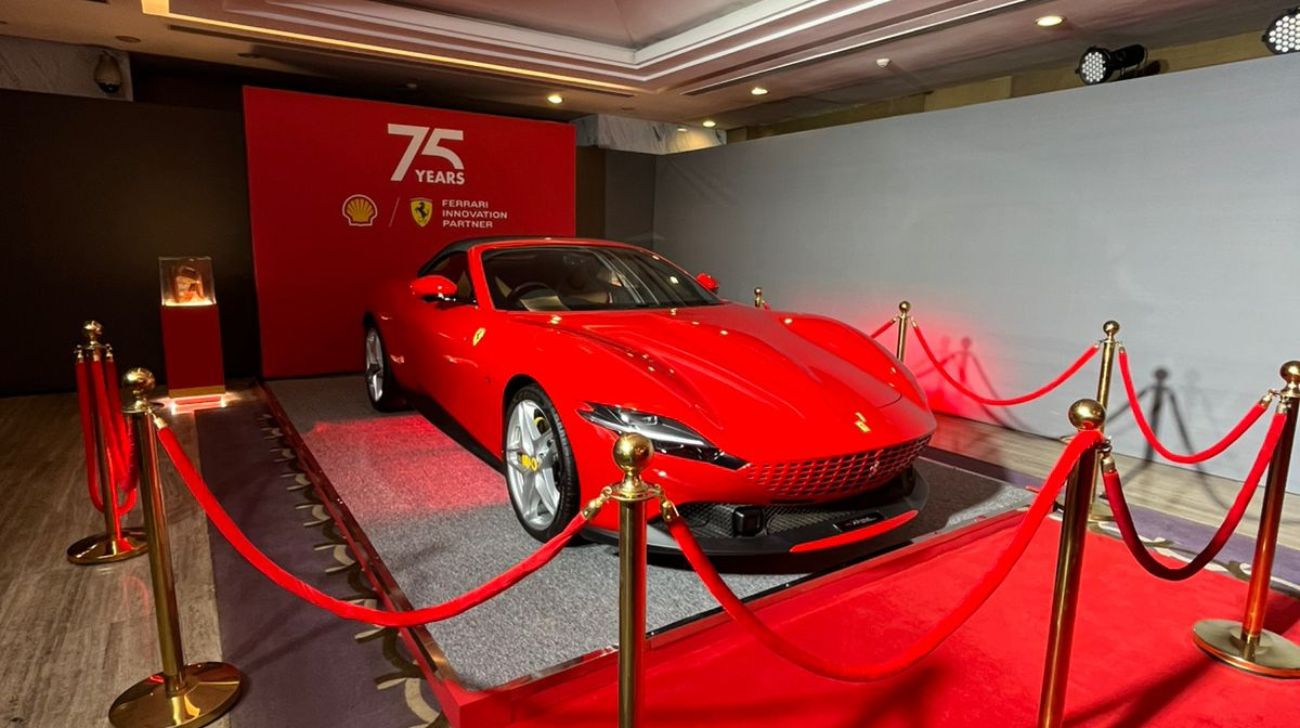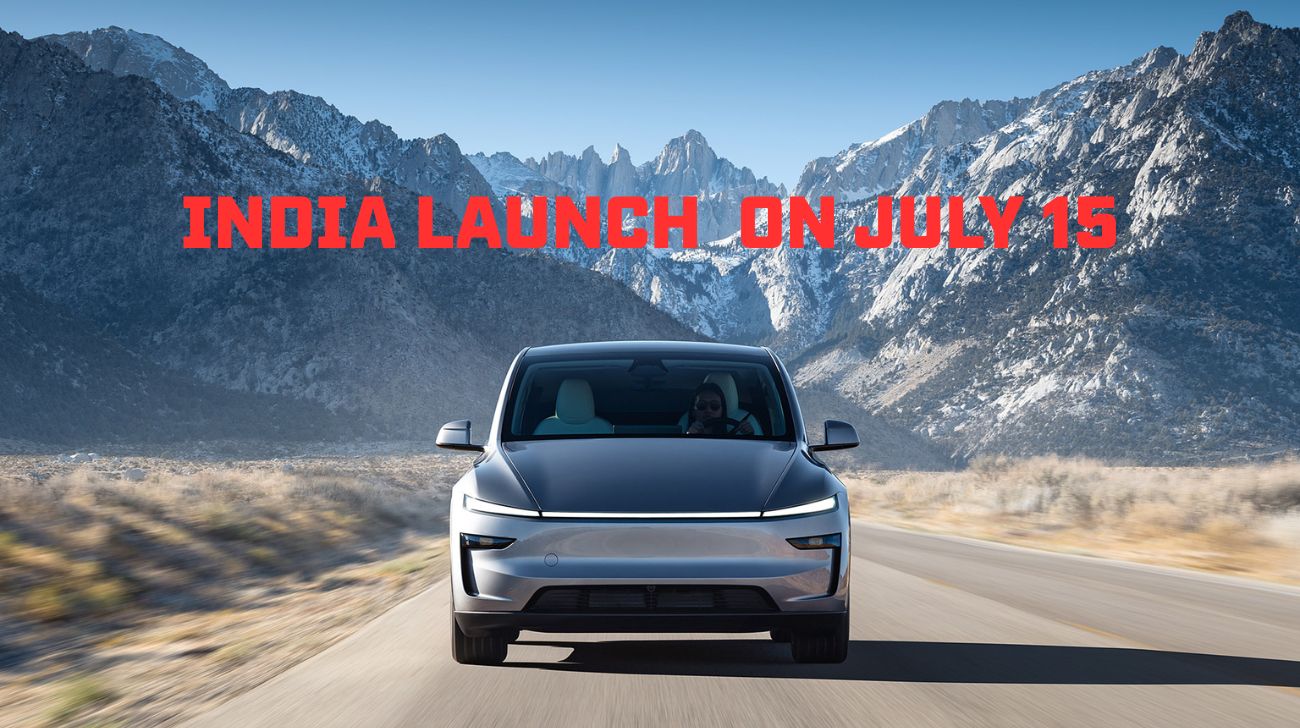The government has finally answered the Question of electric car subsidies, and it is called the PM Electric Drive Revolution in Innovative Vehicle Enhancement or PM-E-Drive in short. What is this? Well, it is the policy that will replace the popular FAME II policy that expired in March. The PM E-Drive has been given a budget of Rs 10,900 crore by the government for 2 years. What does this policy propose? How will EV owners and makers benefit? Find below:
Support for Private Electric Vehicles
The scheme plans to spend Rs 3,679 Crore on Subsidies/Demand incentives for 24.79 lakh electric 2-wheelers, 3.16 lakh electric 3-wheelers, and 14,028 electric buses and electric ambulances.
The Ministry of Heavy Industries (MHI) has introduced e-vouchers for EV buyers that they can use to avail themselves of demand incentives under the scheme. When they buy an EV, the scheme portal generates an Aadhaar-authenticated e-Voucher for the buyer. A link to download the e-Voucher is sent to the buyer's registered mobile number. The dealer uploads this voucher to the PM E-Drive portal, and the OEM uses it to claim reimbursement.
Massive Spending on Public Transport
A budget of Rs 4,391 crore has been allotted for the state and other public transport agencies. It has a provision that talks about buying 14,028 electric buses for various public transport agencies. The demand for electric buses will be increased by CESL in the nine cities with a population of more than 40 lakh. These include Delhi, Mumbai, Kolkata, Chennai, Ahmedabad, Surat, Bangalore, Pune and Hyderabad. Intercity and Interstate e-buses will also be supported after talks with states. The government specified that in the allocation of buses to cities/states, first preference will given to those number of buses of cities/states which are being procured after scrapping old STU buses through authorised scrapping centres (RVSFs) following the MoRTH Vehicle Scrapping Scheme guidelines. The scheme has also allocated Rs.500 crore for the deployment of electric ambulances.
Provisions for Electric Infrastructure
The scheme will contribute to 88,500 electric vehicle charging spots. It has proposed installing 22,100 fast chargers for electric 4-wheelers, 1800 fast chargers for electric buses, and 48,400 fast chargers for electric 2/3-wheelers. The outlay for EV PCS will be Rs.2,000 crore.
The government also plans to improve the test agencies for the EV ecosystem. For this, it has allotted Rs 780 crore under the MHI.
The PM E-Drive follows the FAME I and FAME II policies that aimed to move India towards the electric transition. The FAME II had many incentives for all types of electric vehicles that were reduced in the PM E-Drive scheme. It has also removed the 4-wheelers from the subsidies and focuses more on the 2 and 3-wheelers.
For more such industry updates, click here.

.jpg)



